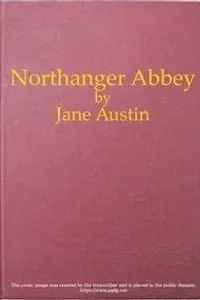Summary
Northanger Abbey by Jane Austen is a lighthearted and witty coming-of-age novel that doubles as a satire of Gothic fiction. It follows Catherine Morland, a naïve and imaginative young woman who leaves her rural home to experience society in the city of Bath.
In Bath, Catherine makes new friends and attends social gatherings, where she becomes enchanted by the charming Henry Tilney and intrigued by his family’s grand estate, Northanger Abbey.
A devoted reader of Gothic novels, Catherine’s romantic imagination runs wild, leading her to suspect dark secrets and hidden horrors within the Abbey’s ancient walls.
As the story unfolds, Catherine must learn to distinguish fantasy from reality, and innocence from insight. Her journey is one of self-discovery, shaped by her misadventures, misunderstandings, and the eventual realization that real life is far more complex—and meaningful—than the novels she adores.
Austen skillfully balances romance and comedy with a playful critique of literary trends, social expectations, and the limited roles available to women.
Though one of her earliest novels (written in the 1790s but published posthumously in 1817), Northanger Abbey showcases her signature wit, moral clarity, and sharp eye for human nature.
